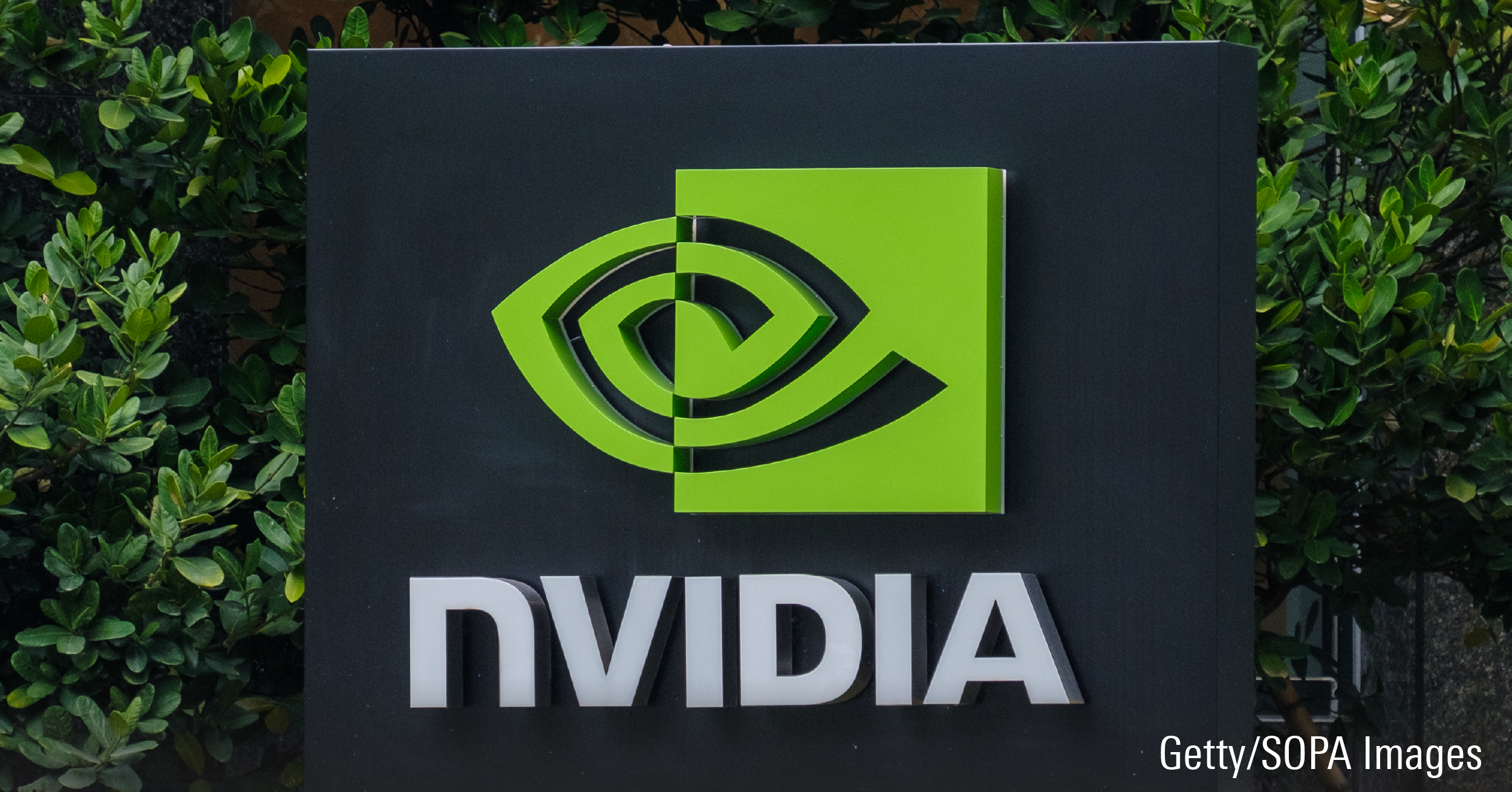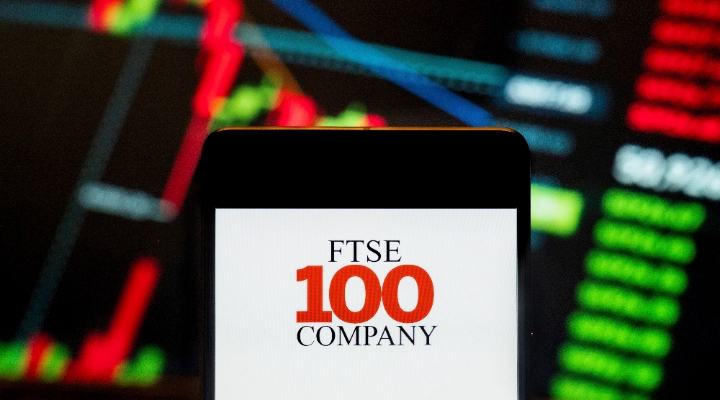It's worth noting that although we've focu
sed on the IMA sector in this article, we believe Morningstar's US equity fund categories offer investors a superior way to identify offerings that are outperforming due to manager skill rather than simple style biases. We offer six categories that cover the U.S. market: U.S. Large-Cap Value Equity, U.S. Large-Cap Blend Equity, U.S. Large-Cap Growth Equity, U.S. Mid-Cap Equity, and U.S. Small-Cap Equity. Using these groups, which have the added benefit of including offshore vehicles, can help your more accurately assess the true drivers of a fund's performance as well as any associated risks.
Despite its weakness relative to other markets, there have been pockets of relative strength within the US. In particular, over the past three years, value-oriented shares have outperformed growth shares and giant-cap and large-cap stocks have underperformed mid- and small-cap stocks. The strongest performing U.S. sectors in the period have been energy, industrial materials, utilities, real-estate (REITs), and communications. The weakest have been media, technology hardware, and healthcare (due largely to weakness among big-cap pharmaceuticals).
These differences are clearly reflected in the performance of funds in the IMA North America sector. The median giant-cap exposure of the sector’s top quartile performers over the past three years was 39%, while the bottom quartile had exposure of 48%. In the much stronger mid-cap segment, the median weight of the top-quartile funds was 23%, and the median weight of the bottom quartile was 13%. The sector differences are less notable, but the top-performing funds had notably higher median exposure to the energy sector. Few, however, took an interest in communications, with only a handful having significant overweights relative to the S&P 500 (the funds with the largest overweights were Legg Mason US Equity, Investec American, Fidelity Funds America, and M&G North American Value). This suggests many funds in the group missed out on a significant source of outperformance.
North America, and Beyond
Whilst most funds in the sector focus on US equities, it’s worth noting that a handful have ventured further afield. Fund-of-funds New Star American Portfolio, which levies a shockingly high TER of 2.73%, had 7% of assets in Latin America as of January 2007. Some funds, including Nucleus American, Martin Currie North American, and Neptune U.S. Opportunities, have also dabbled in Canadian resources firms. In general, given the relative weakness of U.S. shares in the period, these stakes should have boosted performance, with Latin America shares being particularly strong.
Time for Change?
Against this backdrop, we continue to believe that large-caps offer some of the best value propositions in the U.S. market. In contrast, small- and mid-cap shares look richly valued relative to historical norms and to large-caps following a long-stretch of outperformance. In our next two columns on the topic, we’ll identify funds we believe are well positioned to take advantage of this state of affairs, and review potential weaknesses among the sector’s top performers over the past three years.
A version of this article previously appeared in Investment Adviser, Financial Times Ltd.
























